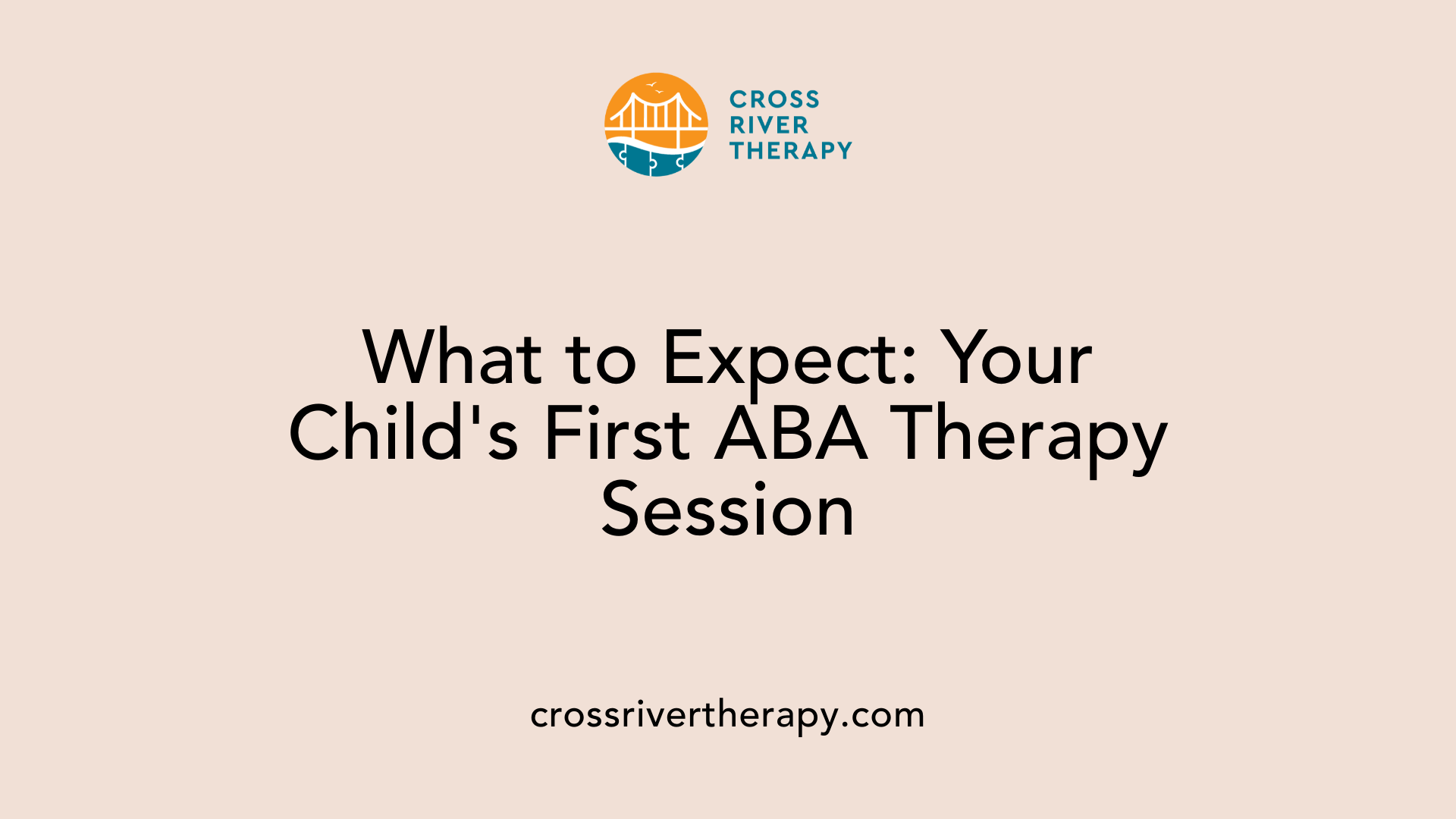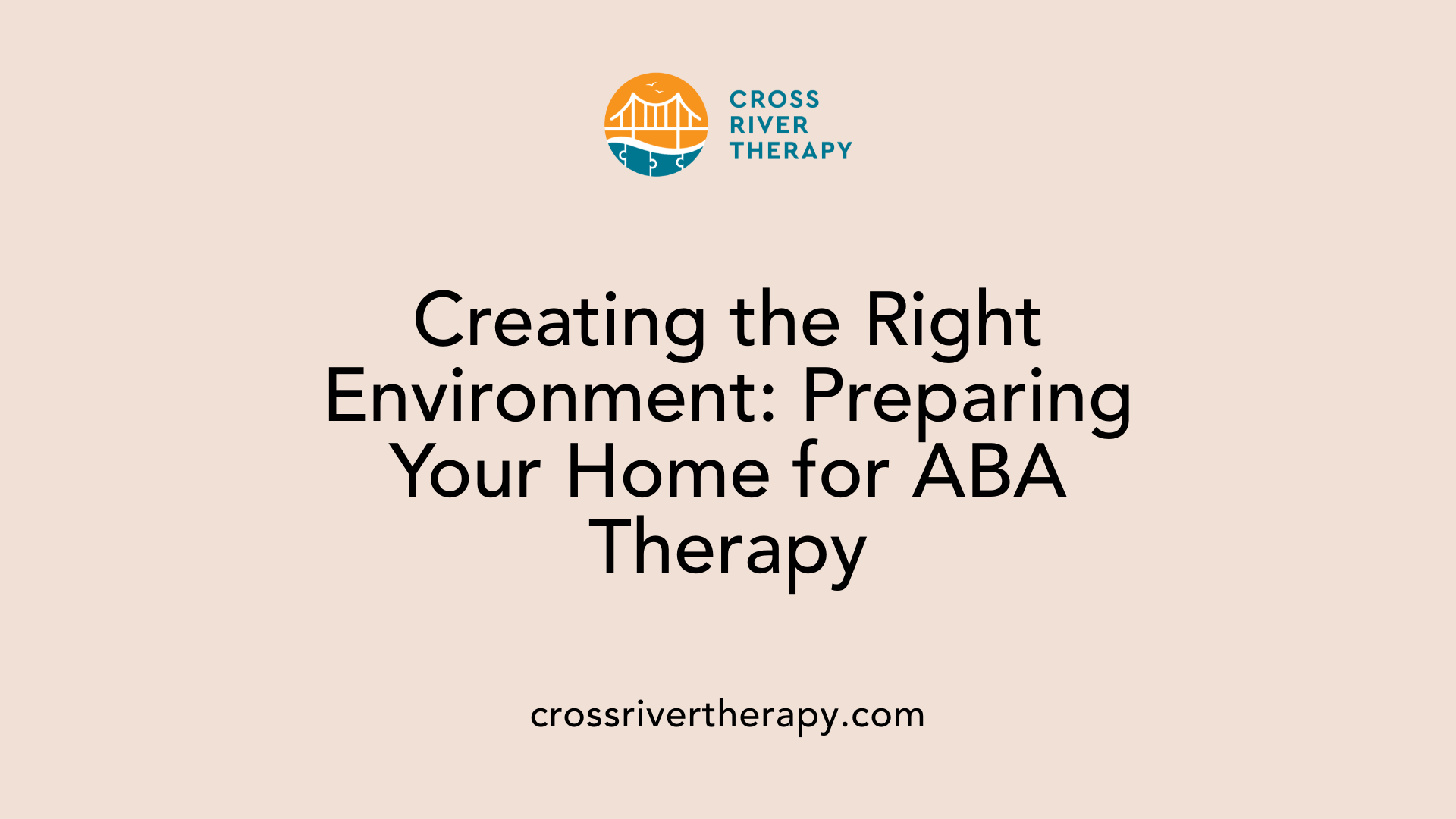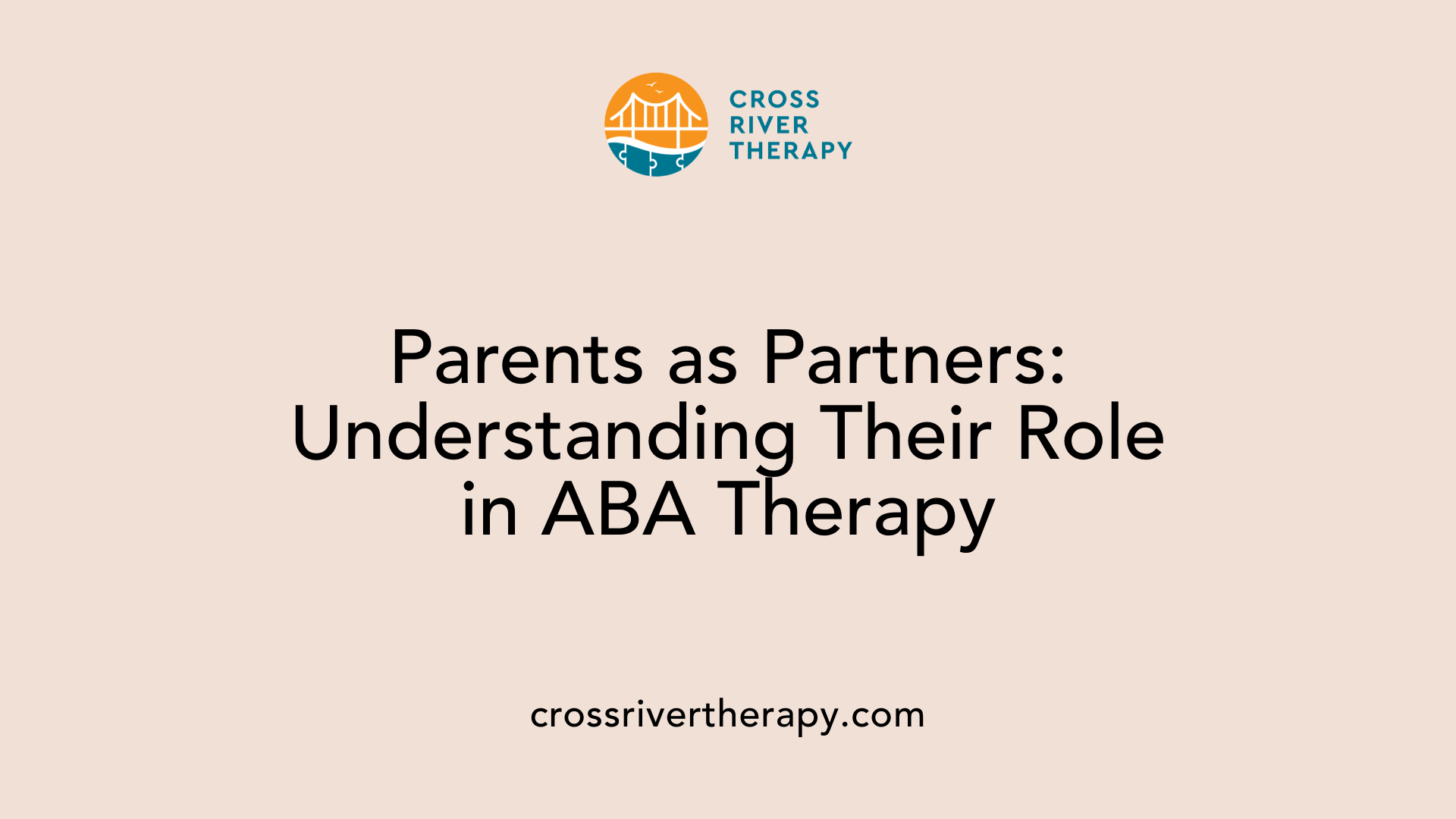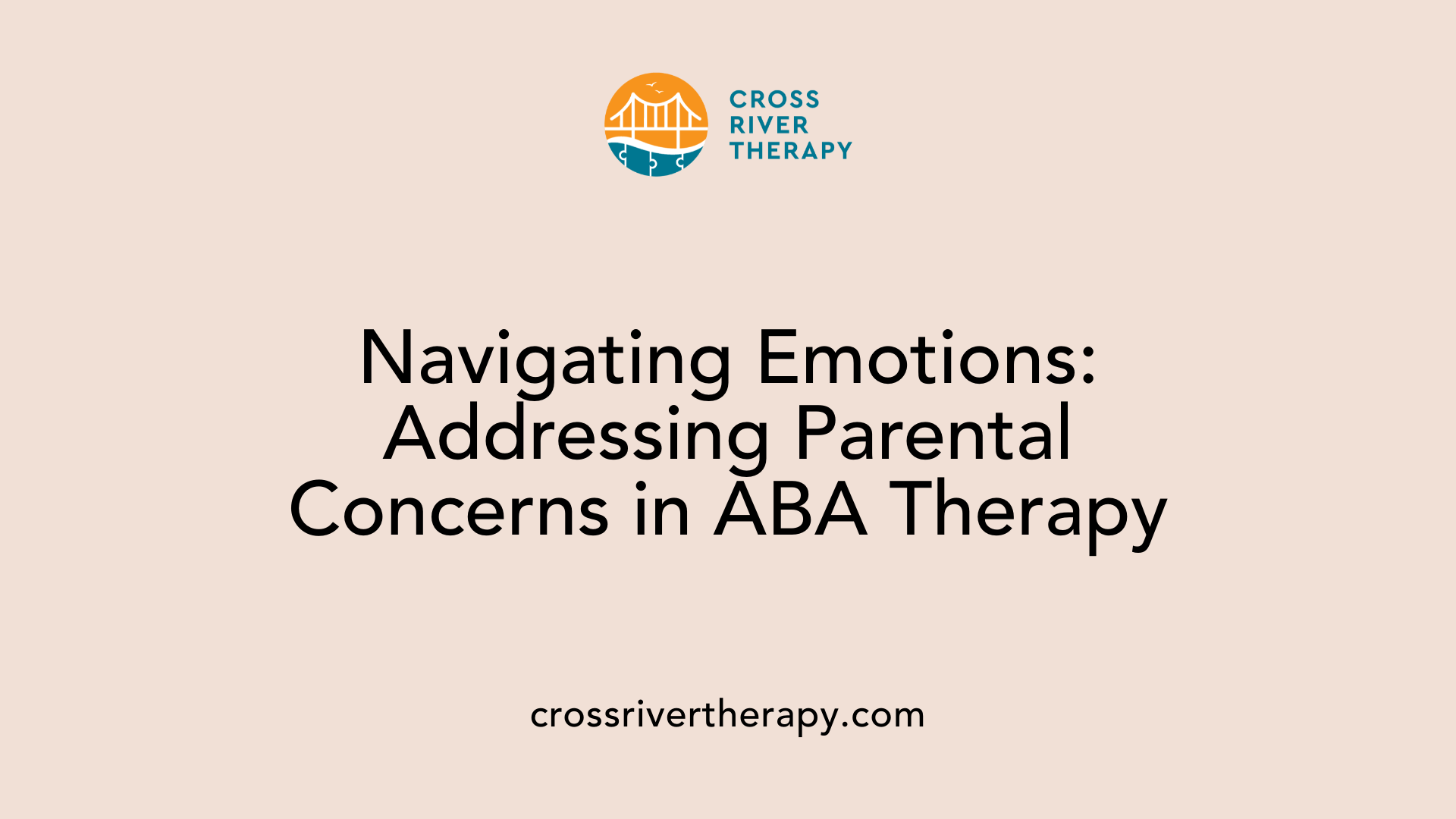What to Expect During Your Child’s First ABA Therapy Session
Entering ABA Therapy: Your First Session Guide
Introduction to ABA Therapy
Beginning your child's ABA (Applied Behavior Analysis) therapy journey can feel daunting, filled with a mix of hope and apprehension. This therapy is known for its structured yet adaptable approach, offering valuable improvements in communication, social, and daily living skills through positive reinforcement. In this guide, we'll explore what to expect during your child's first ABA therapy session, helping parents understand the process, prepare appropriately, and support their child's development effectively.
Expectations for the First ABA Therapy Session

What should I expect during my child's first ABA therapy session?
During your first session, your child's ABA technician will focus on understanding your child better. This includes learning about their interests and preferences. The session often starts with a casual interaction, engaging in play that, while appearing playful, serves a purpose in assessing your child's skills and comfort levels.
The technician will spend time observing your child in various activities, gathering valuable data that will inform future therapy. Expect various assessment techniques, such as Discrete Trial Training (DTT) and Naturalistic Teaching (NET), which help in tailoring an effective therapy plan.
How do therapists build rapport with the child?
Building rapport is crucial for effective therapy. The therapist will utilize the child's interests to create a trusting environment. Activities will be designed to elicit positive emotions and comfort. This 'pairing process' typically lasts the first 30 days, emphasizing enjoyable interactions to motivate your child.
What activities and assessments can you expect?
The initial session includes:
| Activity/Assessment | Purpose | Details |
|---|---|---|
| Introduction | Meet and greet | Casual discussion to ease nerves |
| Play-based assessment | Understand strengths | Observing child’s interaction and skills |
| Goal setting | Tailor therapy | Define specific, measurable targets |
| Feedback discussion | Review and plan | Discuss your child’s progress and strategies |
Overall, the first ABA therapy session is designed to create a foundation for future success, making the child feel safe and supported while also informing therapy techniques. Parents are encouraged to participate actively, discussing concerns openly with the therapist.
Preparing Your Home for Therapy Sessions

How can I prepare our home for ABA therapy sessions?
To prepare for ABA therapy, begin by creating a suitable environment at home. Designate a quiet, well-lit space that is comfortably furnished to enhance focus during each session. Eliminate distractions by minimizing noise and clutter, helping your child engage effectively with the therapist.
Organizing materials
Organizing therapy materials is crucial. Store all necessary items in accessible, labeled containers. This streamlines sessions, allowing for smoother transitions between activities. Include visual aids, toys, or any comfort items that may ease your child into the therapy.
Involving family members
Engaging family members in the therapy process is also important. Encourage them to participate during sessions, reinforcing the skills learned at home. This involvement helps promote generalization of skills and improves communication between your child and the therapist.
Safety considerations
Don't forget about safety! Child-proof the therapy space by removing sharp objects and ensuring the area is free from hazards. Also, be aware of any allergies or sensitivities your child may have. A safe and positive environment fosters a productive learning atmosphere.
By following these steps, you can create a comfortable and effective space for your child’s ABA therapy, setting the stage for successful learning.
The Role of Parents in ABA Therapy

What is the role of parents during ABA therapy?
Parents play a critical role in ABA therapy, serving as active participants in their child's learning journey. By reinforcing techniques at home, they enhance the consistency of the strategies applied during therapy, which is essential for effective learning.
Actively participating in therapy
During therapy sessions, parents are encouraged to observe and engage with their child and the therapist actively. This participation can greatly improve therapy outcomes—research suggests up to a 30% increase in effectiveness—by allowing parents to better implement strategies tailored to their child's goals.
Reinforcing strategies at home
Reinforcement at home is vital. Parents should consistently apply the techniques learned during sessions, integrating them into daily routines. Simple actions, like using visual aids or following structured social stories, can support communication and behavior management in meaningful contexts.
Communicating with therapists
Maintaining open communication channels with therapists is crucial for ongoing progress. Parents should share feedback about their child's behavior outside of sessions and express any concerns they might have. This collaboration helps the therapist adjust approaches and interventions based on real-time observations.
In essence, the more involved parents are in their child's ABA therapy, the more likely it is that the child will achieve their developmental goals, leading to meaningful improvements in communication and behavior.
Understanding ABA Therapy Methodologies

What methodologies are used in ABA therapy?
ABA therapy employs a range of methodologies tailored to meet each child's unique needs. Central to this approach is positive reinforcement, prompting, and systematic data collection, ensuring that each child receives the most effective intervention.
Key Techniques in ABA Therapy:
Discrete Trial Training (DTT)
- Breaks tasks into manageable steps.
- Facilitates reinforcement after each small step completed.
Pivotal Response Training (PRT)
- Enhances motivation and social skills.
- Utilizes naturalistic settings for learning.
Visual Modeling and Video Modeling
- Teaches behaviors by showing children appropriate examples through videos or demonstrations.
- Helps in understanding social interactions and expected behaviors.
Functional Communication Training (FCT)
- Focuses on teaching effective communication methods.
- Allows children to express their needs and reduce frustration.
Natural Environment Teaching (NET)
- Applies learned skills in real-world situations.
- Promotes generalization of skills to various contexts.
Together, these methodologies aim to enhance communication, social skills, and critical life behaviors, ensuring that therapy is both effective and engaging for children.
Addressing Parental Concerns and Emotions

How can parents address common concerns and emotions when starting ABA therapy?
Starting ABA therapy can evoke a range of emotions for parents. It’s essential to foster open communication with therapists for reassurance and updates. Here are several strategies parents can use:
Regular Communication with Therapists
Keeping an ongoing dialogue with the therapy team is vital. Parents should feel free to ask questions and share observations about their child's behavior both at home and during therapy. This helps in tailoring the support plan more effectively.Building Trust with the Therapy Team
Establishing rapport can significantly enhance the therapy experience. Parents are encouraged to contribute to discussions and be active participants. Practices like empathy and active listening when engaging with the therapy team create a foundation of trust.Celebrating Small Achievements
Recognizing and celebrating little victories can help maintain motivation. Whether it's mastering a new skill or showing improved behavior, these milestones matter. Parents can use positive reinforcement to acknowledge these achievements, reinforcing the value of progress in therapy.Staying Informed
Learning about ABA principles allows parents to advocate effectively for their child. By understanding the methods used, parents can feel more confident in the process and their role within it.
In sum, a focus on communication, trust, recognition of achievements, and education can mitigate parental concerns and foster a supportive environment for both child and family.
Activities and Assessments in the Initial Session
What activities and assessments occur in the initial session?
The first ABA therapy session is pivotal in setting a solid foundation for effective intervention. During this session, the therapist conducts a comprehensive assessment to evaluate the child’s behavior and development. This establishes a clear understanding of strengths, challenges, and goals that will guide the therapy.
Key techniques employed during the initial session include:
- Discrete Trial Training (DTT): This structured approach breaks learning into discrete, manageable trials for optimal skill acquisition.
- Naturalistic Teaching (NET): Learning occurs within the naturally occurring interactions and activities of the child’s everyday life, making it more relevant and engaging.
- Functional Behavior Assessment (FBA): This method identifies the reasons behind specific behaviors and helps develop effective strategies to address them.
Additionally, therapists engage the child with various activities to observe their responses. This observation helps gather critical data on the child’s preferences, reactions, and interaction styles, all of which inform their personalized treatment plan.
Overall, the initial session is a blend of assessments and interactive activities aimed at fostering a trusting relationship between the therapist, the child, and the family, ensuring a supportive therapeutic environment.
Creating a Positive Framework for ABA Therapy
How can setting expectations and providing a positive outlook help in ABA therapy?
Establishing positive expectations can make children excited about ABA therapy. This excitement can be cultivated by using simple language to explain the benefits of therapy, allowing children to see the experience in a favorable light.
After each session, it’s important to acknowledge and reward the child's efforts. This reinforces their achievements, builds motivation, and creates a feedback loop that makes the therapy an enjoyable and educational journey.
Communication Strategies
At home, encouraging effective communication is crucial for a child’s success in ABA therapy. For non-verbal children, using visual aids or gestures can significantly enhance their expression of needs. Integrating these techniques nurtures their ability to communicate effectively and can streamline both therapy sessions and everyday interactions.
Motivating Children and Parents
Positive reinforcement during therapy sessions encourages desired behaviors and motivates children to engage actively. Parents can contribute by creating an inviting and familiar environment, which helps ease anxiety and fosters a sense of security. Parents should feel welcome to engage with the therapist, as this teamwork is vital for defining personalized goals and observing behavioral improvements.
By blending these elements — setting expectations, enabling communication, and motivating both children and parents — the foundation for successful ABA therapy is laid.
Conclusion: Supporting Your Child Through ABA Therapy
Embarking on the journey of ABA therapy can transform the life of a child with autism by nurturing essential skills and fostering independence. By understanding what to expect, preparing adequately, and actively participating in the process, parents can pave the way for a supportive and effective therapeutic environment. This first session sets the foundation for ongoing collaboration between families and therapists, aiming for continuous progress and improvement in your child’s developmental journey.
References
- How to Prepare Your Child for Their First ABA Therapy Session
- What to Expect When Starting ABA Therapy for Your Child
- What to Expect in Your First Applied Behavior Analysis (ABA ...
- What to Expect on the First Day of ABA Therapy: Preparations and Tips
- The First Thirty Days Of ABA Services - Autism Learning Partners
- What to Expect During Your Child's First ABA Therapy Session
- How to Prepare Your Home for In-Home ABA Therapy | All Star



